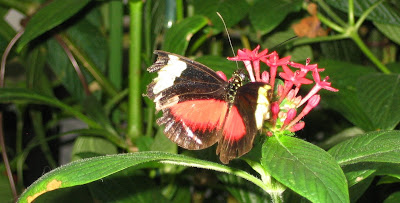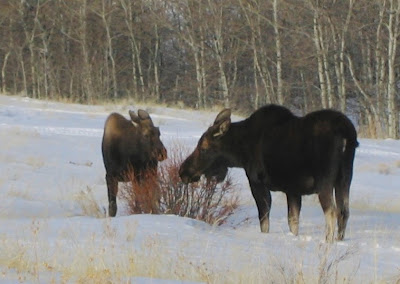As a devout peripatetic who walks 1&1/2 miles each way/each day to work and who loves hiking, I greatly enjoyed my downriver neighbor (Missoula Montana) Barbara Theroux's essay and book review. Enjoy! - EcoRover
------------------------------------------------
On the Bookshelf
The Lost Art of Walking:
The History, Science, Philosophy and Literature of Pedestrianism By: Barbara Theroux of Fact & Fiction, Missoula MT
for
Headwaters NewsFeb. 11, 2009
It is no secret that I am a walker. Many people comment that they can determine how early or late they may be in the morning based on my position on the Higgins Bridge in Missoula, Mont.
Several years ago, I gave up my car, moved to a central location and began walking everywhere. OK, I'll admit to riding the bus and calling the Green Taxi but for the most part I use my two feet as I work, shop and connect to Missoula. So I was delighted to discover a new book by Geoff Nicholson entitled
THE LOST ART OF WALKING.
The book gives an account of the intellectual and cultural history of a most common activity--walking. This simple activity has inspired numerous subcultures, literary and artistic legacies, sporting events, personal memories, epic journeys, mystical revelations and scandals.
The author began work on this story-filled volume with a jaunt through the Hollywood Hills near his home in Los Angeles, promptly took a header and broke his right forearm in three places, thereby joining the ranks of Aldous Huxley, Thomas Jefferson, Oliver Sacks and others who walked and fell.
Nicholson was soon back on his feet, with this historical account of the who, what, where, why, when and how of walking, including his own adventures on the streets of Los Angeles, Manhattan and London.
Nicholson's witty style and distinct way of describing an ordinary activity make this a thoroughly enjoyable read.
While by no means exhaustive, Nicholson does himself tread a lot of ground; readers may find the ultimate effect is that they are inspired to put the book down for a nice long walk with a newfound way of observing the scenery.
Each section of the book can be savored and discussed.
Chapter 5 "As I Tripped Out One Morning: Music, Movement, Movies" is sure to start one thinking. What songs to you think of as you walk? Bob Dylan's "How many roads must a man walk down?" Fats Domino's "I'm walking"? OrAerosmith's "Walk this way"?
Frankly, I never thought about songs or movies, I just learned to appreciate the sights and sounds of my surroundings: a heron on the river, the snow in the Rattlesnake, the slurry bomber on Mt. Sentinel.
When I finished reading THE LOST ART OF WALKING, I was reminded of an event with Edward Abbey. Years ago, he was scheduled to sign books on the University of Montana campus in Missoula. The fans arrived, lines formed and we all waited.
Ed strolled into the store and apologized for being late, but commented that he had been having such a good time walking in Missoula. He complimented us on living in a place where we could walk everywhere, and challenged us to do just that. So many years later, the challenge still exists.
Geoff Nicholson gives us reason to slow down, learn about walking, and then makes one want to stroll across town. Are you ready to walk and reflect?
--------------------------------------------------------------------------------
Barbara Theroux is the manager of Fact & Fiction, now part of the Bookstore at the University of Montana.
















































